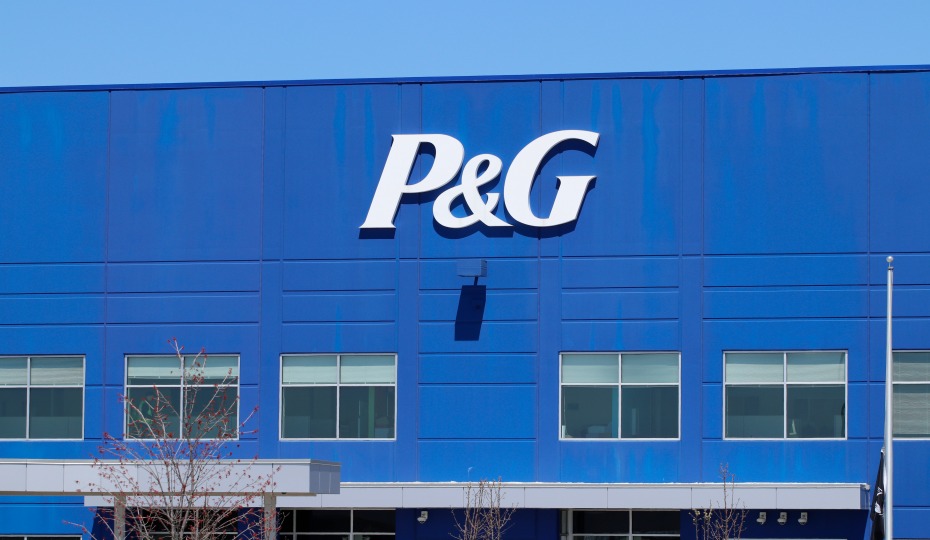Commodity hedging vindicated as inflation pain worsens for consumer giants

Persistent commodity inflation has been painful for consumer goods companies like Procter & Gamble that shunned hedging, in contrast to those that took action such as Coca Cola.
The profitability of global consumer goods companies is tightly linked to raw material costs. Faced with a surge in prices, treasurers can cushion the impact by commodity hedging, or they can pass costs immediately onto consumers and risk a lower market share. The recent bout of inflation is highlighting the divide, resulting in clear winners and losers amongst consumer multinationals.
Not so transitory after all?
As analysed by EuroFinance in April 2021, consumer companies including Coca Cola, Unilever, P&G, Nestle, Anheuser Busch, Heineken and PepsiCo were expected to face a $4billion spike in raw material costs in the first quarter. However, the continuing rally in commodity prices is adding to fears that inflation could become more persistent resulting in a greater hit to revenues as these companies progress into the second half of the year.
“Inflation has ended up being even higher than anticipated over the course of the last few weeks and months, with further incremental input costs, and that’s really what drives the change in our guided margin” said Graeme Pitkethly, CFO at Unilever
The Anglo-Dutch multinational initially expected to see commodity inflation in the second half in low to mid-teens, while currently its estimate has shifted to high teens. Following Unilever, the Swiss multinational, Nestle estimates inflation to increase its cost of goods sold by 4% for full year 2021, resulting in a CHF 1.7 billion input cost headwind.
Meanwhile, the Dutch brewing company, Heineken which predominantly consumes barley and aluminium, expects input costs to be significantly higher in the second half of the year as these commodities have rallied 51% and 27% since the starting of the year.
Battling inflation via hedging
To tackle this scenario, the US beverage giant, Coca Cola has been actively increasing its commodity hedges. The company held notional derivatives of $427 million in 2019 and increased it by 70% to $726 million in 2020, sufficient to cover 5.5% of its goods sold. The increase helped Coca Cola gain $82 million in the first quarter of 2021, close to $77 million as estimated by Eurofinance.
Expecting further acceleration in prices, the company added an additional $511 million in derivatives, taking its commodity hedging portfolio to $1.24 billion at the end of the second quarter; this puts Coca Cola in a comfortable position as it has already locked in prices for 8% of goods sold.
“Despite recent upward pressures in many commodities driven by the pandemic-related disruptions, we feel good about the rest of the year” said John Murphy, CFO at Coca Cola during a July 21st earnings call.
Coca Cola’s arch rival, PepsiCo also emerged in a congenial spot as it gained $440 million in profits during the first half of the year on its $1.1 billion of commodity hedges. After keeping notional derivatives stagnant for three years, PepsiCo decided to add an additional $100 million at the end of the second quarter.
“We insulate ourselves to some degree based on our forward-buying program and that has actually helped us clearly this year” said Ramon Laguarta, CEO at PepsiCo.
While management at Heineken also reported a small negative effect from raw material prices on margins during the second quarter as the company benefited from its hedge positions taken last year.
“This is currently not going to hit us significantly in the second-half of the year, because we take commodity hedges out over a 12 to 18-month time horizon, but they will start to impact 2022” said Harold van den Broek, CFO at Heineken
The company doesn’t disclose its notional commodity hedging exposure in its financial statements and reports.
Similarly, Nestle emerged largely unscathed as management reported a moderated impact on P&L in the first half due to the hedging and forward buying in place. The company held notional derivatives of CHF 917m at the end of 2020, covering 2.2% of its goods sold.
All pain, No gain
By contrast, companies that shunned commodity hedging are exposed as inflation continues to surge. Consider Procter & Gamble. The soap and diapers giant shocked investors when it warned of a commodity cost headwind of $ 1.8 billion, only months after insisting that the impact of raw material price increases would be neutral.
“Current spot prices for materials such as resins, chemicals and other ingredients are up anywhere from 30% to 200% versus April 2020. Most of the material cost increases occurred in this calendar year and will disproportionately affect the first half of fiscal 2022” said Andre Schulten, CFO at P&G
P&G took a 220bps hit on gross margins from commodity surge and freight cost, translating to $400 million in the second quarter.
Also shunning hedging is Unilever, whose commodity hedging portfolio shrank almost 50% since 2018 when the company held notional derivatives of £580 million to only £276 million at the end of 2020. This hedge now covers a negligible 0.9% of its cost of goods sold.
Having already raised prices for customers by 1.6% in the second quarter, Unilever has warned of higher levels of price increases in subsequent quarters.
Even for those companies that hedge extensively, their contracts will be expiring in 2022 leaving them exposed if inflation continues. To counter this risk, Coca Cola is already taking action.
“As we anticipate hedges rolling off in 2022, we are working with our system to take appropriate action in the back half of this year to manage the ongoing volatility using revenue growth management capabilities and supply chain productivity levers”, Coca Cola CFO Murphy said.
Concerns were also expressed by other consumer goods companies including McCormick, Mondelez, Kraft Heinz, Kellogg, General Mills and Constellation as they flagged significantly higher inflation during their second quarter earnings calls.